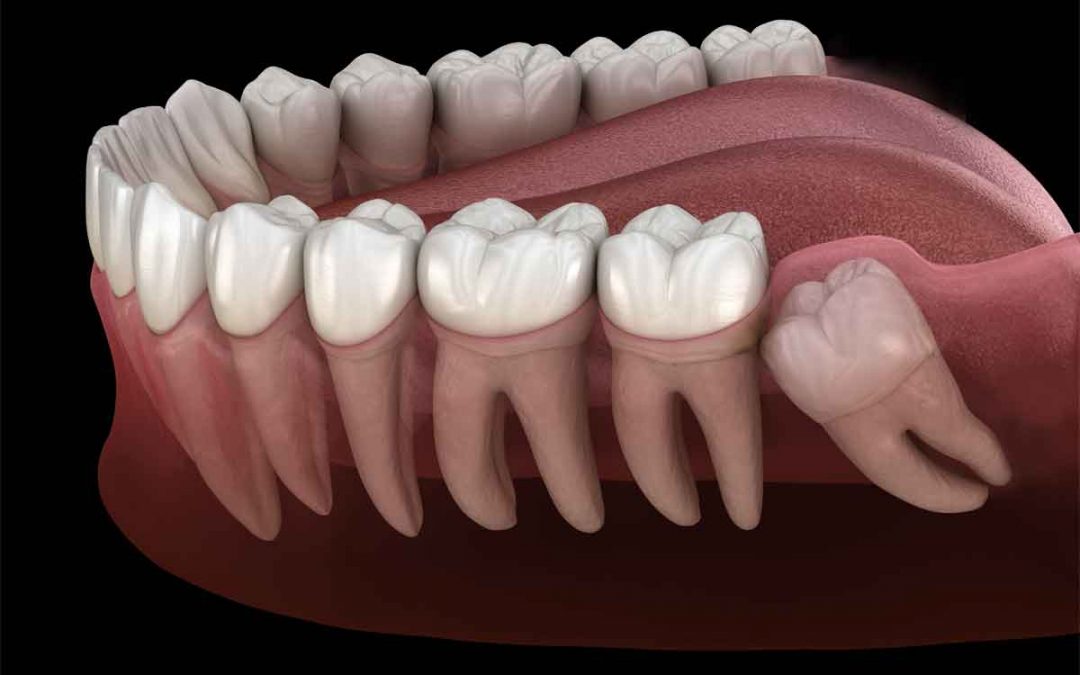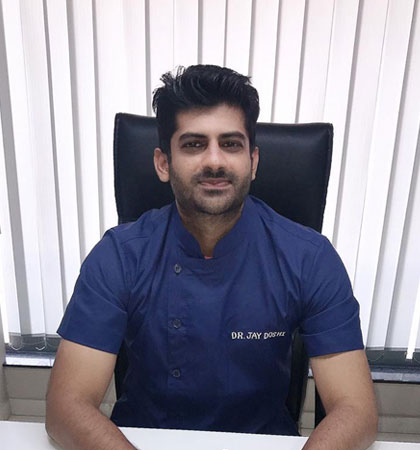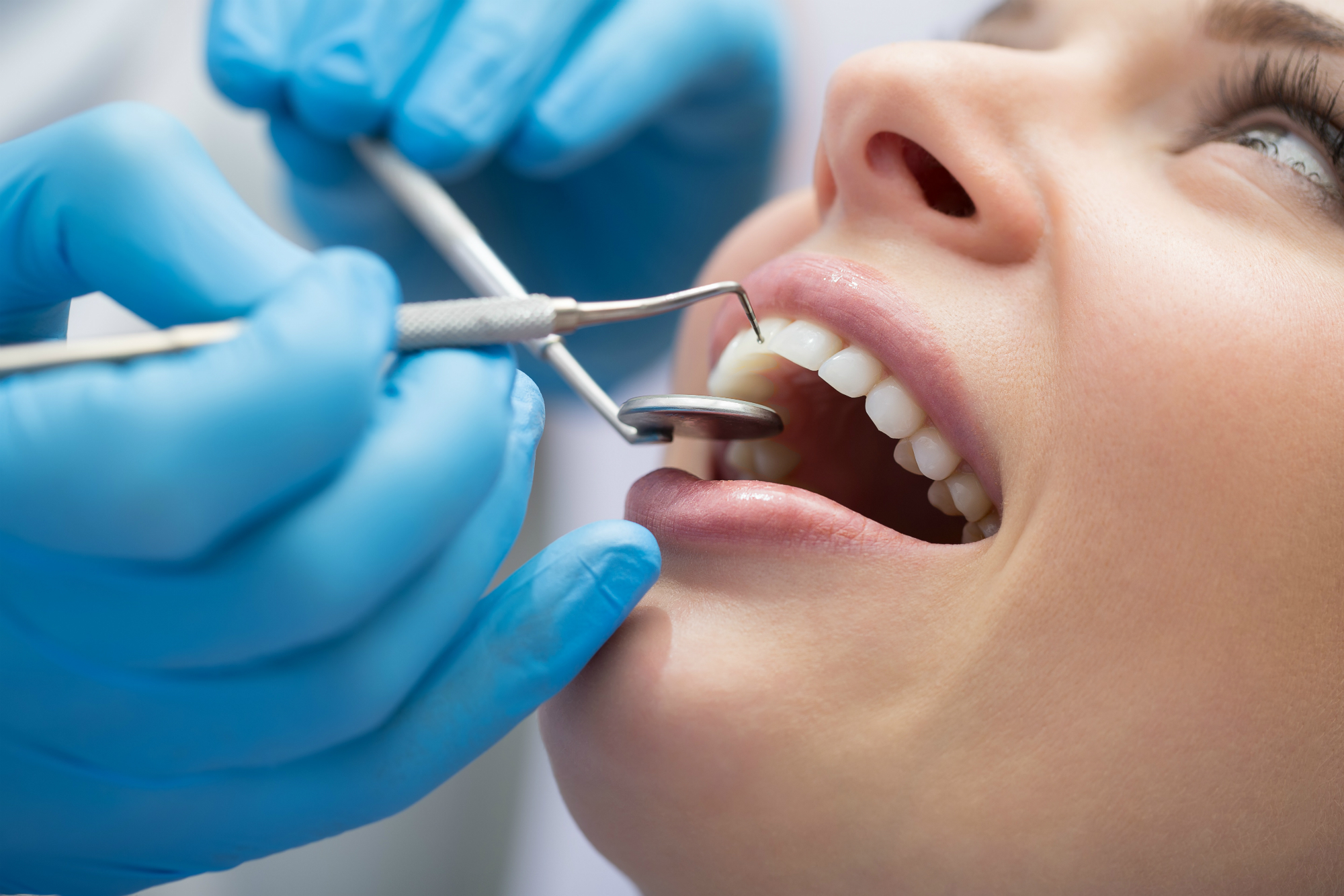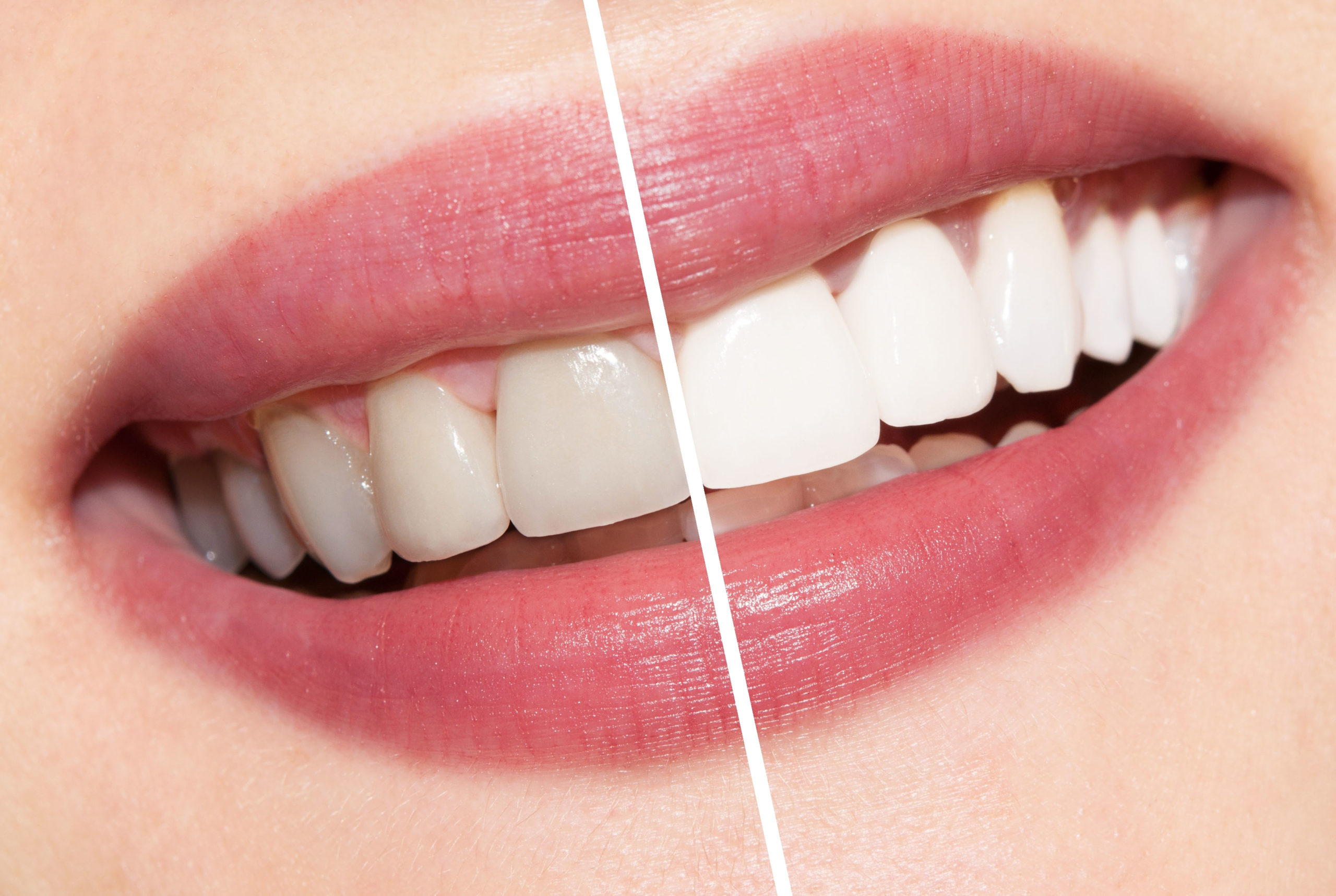
Oral And Maxillofacial Surgeries
1.FACIAL TRAUMA
Facial trauma, also called maxillofacial trauma, is any physical trauma to the face. Facial trauma can involve soft tissue injuries such as burns, lacerations and bruises, or fractures of the facial bones such as nasal fractures and fractures of the jaw, as well as trauma such as eye injuries.
Bone fractures can involve the lower or upper jaw, palate, cheekbones and eye sockets. These injuries often occur during automobile accidents, sports or recreational activities, fights or assaults, work-related tasks, projects around the house or accidental falls.
Many patients with facial injuries are first seen in the emergency room and then referred to an oral and maxillofacial surgeon or a plastic surgeon for further treatment.
OUR APPROACH TO FACIAL INJURY :
Oral surgeons, usually are involved in treating fractures in the supporting bone or replanting teeth that have been displaced or knocked out. These types of injuries are treated by splinting (stabilization is achieved by wiring or bonding teeth together).
We offer the best possible care for facial injuries in a supportive setting. Our specialists tailor each patient’s treatment plan according to the type and severity of the damage.
The services we offer include corrective jaw surgery, placement of dental implants and repair of broken facial bones. We also have expertise in microvascular reconstructive surgery
Our goals are to restore natural appearance and function for our patients as much as possible.
2. Zygomatic implants
Zygomatic implants are anchored in the cheek bone which is called the “zygoma” in human anatomy textbooks.Having additional support in the upper jaw is always good for the longevity of dental implant restorations in the upper jaw where the bone is typically very soft. It is a safe and predictable procedure.
This ‘graft-less technique’, also called the ‘Zygoma technique’ uses the cheekbone (Zygoma bone) to anchor the longer zygomatic implants.
Who can benefit from Zygoma implants?
Zygoma implants are appropriate for any person with missing or shaky teeth in their upper jaw, insufficient bone in the upper jaw to sustain regular implants, as well as those who are wearing complete dentures. They are appropriate for all age groups except children.
The functional, aesthetic and psychological benefits of this procedure are tremendous.
HOW IS THE ZYGOMATIC IMPLANT TREATMENT DONE ?
Prior to the treatment, Cbct of the patient is taken to aid the treatment planning and placement of implants. The procedure of pacing a Zygomatic Implant is similar to conventional implant placement but is performed under general anesthesia by an experienced Oral and Maxillofacial surgeon. It is placed through the crestal aspect of resorbed posterior maxilla and either through Intra sinus / Extra sinus / Extended sinus approach, it is anchored into the strong cortex of the Zygoma bone.
Following implant placement , multiunit abutments are attached to the implants and a screw retained prosthesis is provided.
Patient benefits :
- Short treatment time
- Minimal visits to the dentist
- Minimal surgical procedures
- Fixed prosthetic solution
- Better healing and recovery
- Better maintenance ( Low maintenance)
- Natural looking teeth and gums
- Screw retained prosthesis – ease of retrievability
- Of course, Confidence to Laugh out loud without the fear of dropping the dentures!!
Zygomatic implants have a long term success rate of more than 98 % from the International published literature. These implants have a proven track record worldwide.
3. FACIAL pathology
Oral pathology conditional symptoms normally occur in the area of the oral soft tissue, mucous membranes, and salivary glands. They can include red or white patches or lumps inside the mouth, a continual non-healing sore (especially those that bleed), trouble chewing or swallowing, hoarseness, and chronic sore throat. These could signal oral cancer or other diseases. Some of these oral pathology and facial pathology disease symptoms can also affect the lips and cheeks and can even move into the palate and gum tissue around the teeth, tongue, neck, and face. Pain can be felt, but these conditions often occur without pain.
Soft tissue lesions generally involve ulcers, patches, bumps, and discoloration on the gums, lips, cheek, tongue or salivary glands. Hard tissue pathology encompasses alterations in teeth or bone. Abnormal changes in the mouth typically are detected early as the oral cavity is readily accessible.
Patients are often referred by their dentist or GP for the management of soft or hard tissue abnormalities for biopsy. Oral biopsy in the mouth, soft palate, and throat can be carried out comfortably with sedation and usually minimal recovery time. Biopsies of the mouth, face, and throat are all sent to a board certified head and neck pathologist who specializes in the microscopic/histologic analysis of only oral and maxillofacial pathology of the mouth, head and neck and has the specific expertise to accurately read these specialized tissues properly without missing crucial details.
Tissue changes do not always mean cancer, but certainly need to evaluated promptly to determine the cause. We strongly encourage performing self-examinations monthly to aid in early recognition.
Our doctors can check these serious symptoms and create a treatment plan specific to your situation.
If you are experiencing any of the symptoms mentioned, contact us today to schedule a consultation.
4.TEMPOROMANDIBULAR JOINT DISORDERS :
The Temporomandibular (TM) Joint termed to as the jaw joint, allow all possible movements of the lower jaw. You have two TM joints which work together as a pair, one in front of each ear. The joints connect the lower jaw bone (the mandible) to the bones of the skull on each side of the head. The muscles controlling the joints are attached to the lower jaw and allow the jaw to move in three directions: up and down, side to side, and forward and back. The synchronized, combined movement of both the joints, and its complex anatomy and biology distinguishes it from the other joints in the human body.
What are Temporomandibular joint Disorders (TMD)?
It is a complex set of conditions characterized by pain in the jaw joint, its surrounding tissues, possibility of production of “click sound” while opening of mouth causing limitation in jaw movements. These conditions can lead to various problems if not detected and treated earlier.
Reasons for TMJ disorders:
Owing to the complexity of the jaw joint, there can be multiple reasons a patient develops TMJ disorders. Here are few of the most common causes:
- Improper restoration of a tooth.
- Injuries to the jaw joint area.
- Various forms of arthritis.
- Autoimmune diseases ( condition where body’s immune cells attack healthy tissue).
- Bruxism ( constant grinding or clenching of teeth).
- Other rare genetic or hormonal factors.
Signs and symptoms of TMJ disorders may include:
- Pain or tenderness of your jaw.
- Pain in one or both of the temporomandibular joints.
- Aching pain in and around your ear.
- Difficulty chewing or pain while chewing.
- Aching facial pain.
- Locking of the joint, making it difficult to open or close your mouth.
If your doctor or dentist suspects a problem, you may need:
- Dental X-rays to examine your teeth and jaw
- CT scan to provide detailed images of the bones involved in the joint
- MRI to reveal problems with the joint’s disk or surrounding soft tissue
TMJ arthroscopy is sometimes used in the diagnosis of a TMJ disorder. During TMJ arthroscopy, your doctor inserts a small thin tube (cannula) into the joint space, and a small camera (arthroscope) is then inserted to view the area and to help determine a diagnosis.
Our Oral & Maxillofacial Surgeon provides specialist management of TMJ disorder.
5.CORRECTIVE JAW SURGERIES
Corrective jaw surgery — also called orthognathic surgery — is performed by an oral and maxillofacial surgeon (OMS) to correct a wide range of minor and major skeletal and dental irregularities, including the misalignment of jaws and teeth. Surgery can improve chewing, speaking and breathing.
The following are some of the conditions that may indicate the need for corrective jaw surgery:
- Difficulty chewing or biting food
- Difficulty swallowing
- Chronic jaw or jaw joint (TMJ) pain and headaches
- Excessive wear of the teeth
- Open bite (space between the upper and lower teeth when the mouth is closed)
- Unbalanced facial appearance from the front or side
- Facial injury
- Birth defects
- Receding lower jaw and chin
- Protruding jaw
- Inability to make the lips meet without straining
- Chronic mouth breathing
- Sleep apnea (breathing problems when sleeping, including snoring)
Your dentist, orthodontist and OMS will work together to determine whether you are a candidate for orthognathic surgery. The oral and maxillofacial surgeon determines which corrective jaw surgical procedure is appropriate and performs the actual surgery.


















